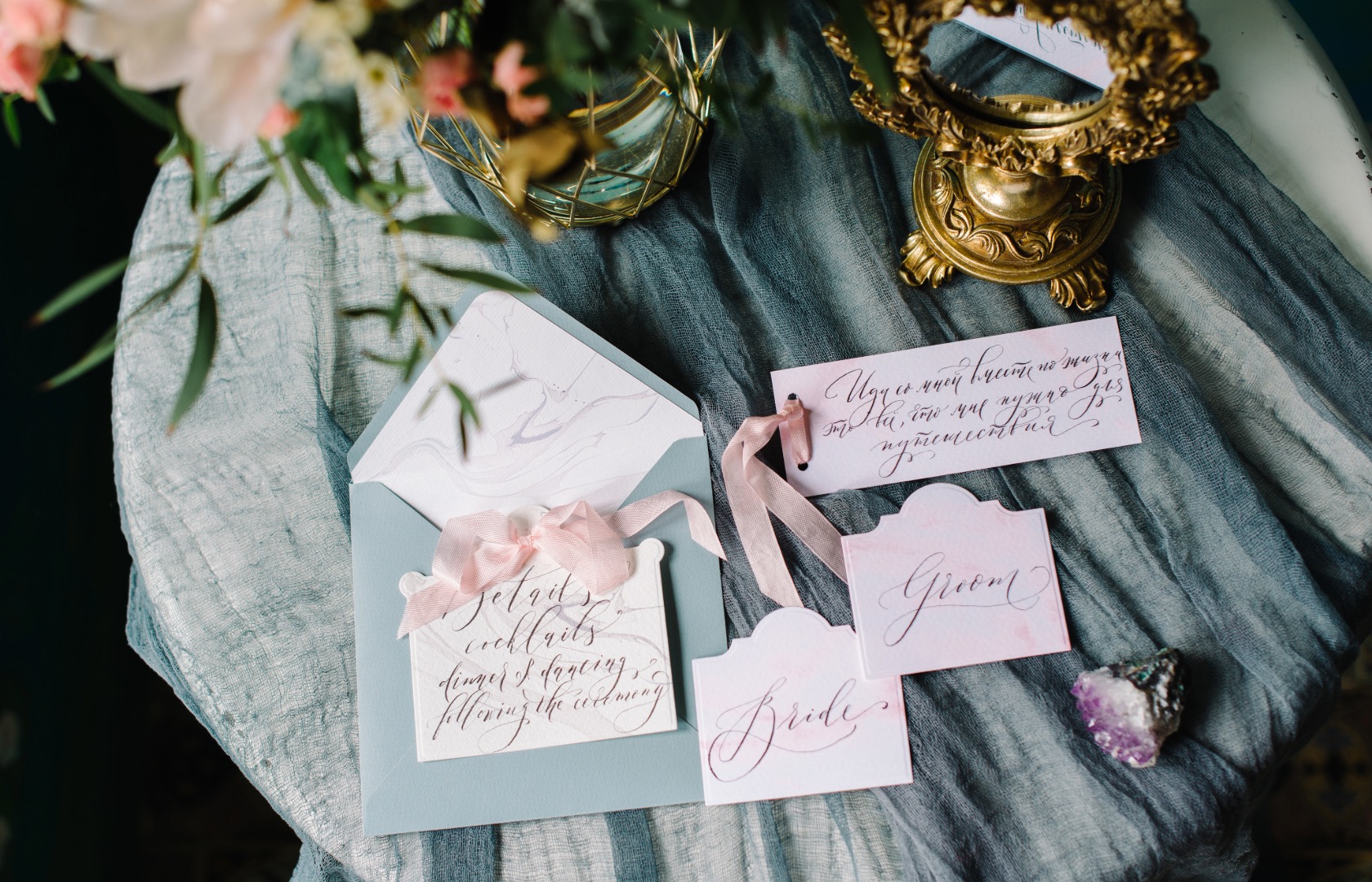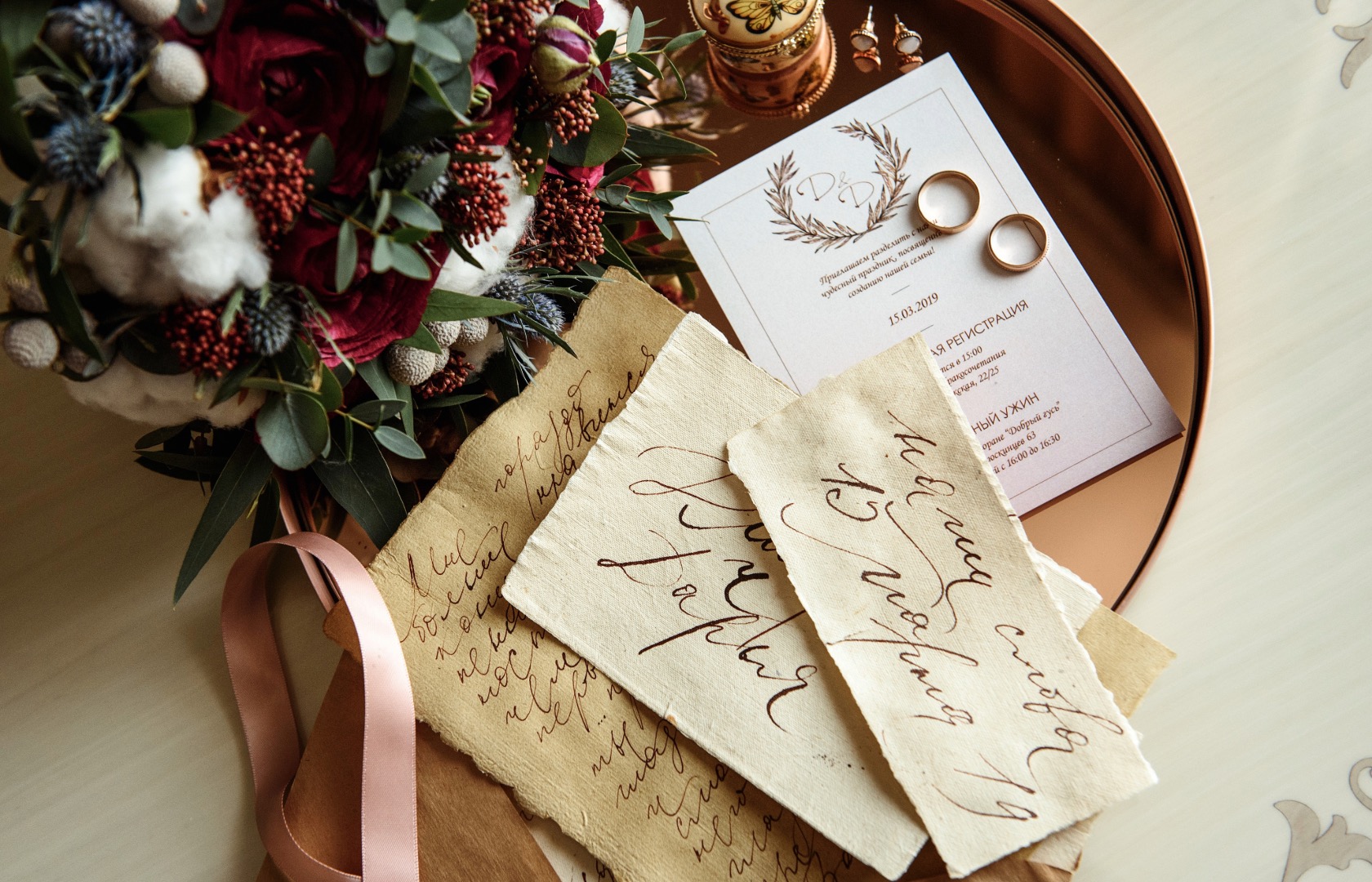Crafting a perfect wedding invitation involves more than designing a wedding card and mailing it out to your guest list.
It involves choosing a design that reflects your overall wedding theme, ensuring that all details are included clearly and concisely, and timing it correctly to ensure that your planning remains seamless.
Many brides spend much time preparing a perfect invitation card. But even with careful planning, mistakes can still occur.
Recognizing the common pitfalls can help you design perfect invitations and send them at the correct time so that your wedding preparations remain organized.
Let us look at seven mistakes brides make when sending wedding invitations.

Key Takeaway
- Timing is key: avoid sending wedding invitations too early or too late to ensure smooth RSVPs and proper guest planning.
- Include essential details like venue information, RSVP instructions, and travel accommodations, especially for destination or out-of-town guests.
- Tailor your invitations to your wedding type, whether it’s local, destination, or during peak seasons, to give guests adequate time to prepare.
- Balance the formality and style of your invitations with practical considerations like guest needs, event logistics, and customization options.

Mistake #1: Sending Invitations Too Early
Many couples start sending out invitations as soon as they’ve finalized their plans, fearing that they may be late. However, sending invitations too early can have some issues.
Guests might have trouble with RSVPs if they haven’t solidified their own plans or gathered all the necessary information, leading to delays or confusion.
Additionally, sending out invitations too soon can make it harder to accurately estimate costs and book vendors, as the guest list may change over time.
Sending invitations too early might also reduce the excitement and anticipation surrounding your special day.
Mistake #2: Ignoring the Wedding Timeline
Working with a timeline is important to ensure seamless planning.
For local weddings, aim to send the invitations 6-8 weeks in advance; for destination weddings, allow at least 8 to 12 weeks of notice.
If your wedding falls during popular months, holidays or peak seasons, send the invitations even earlier to allow guests enough time to make travel arrangements.
Give your guests 2-3 weeks to RSVP after receiving their invitations. This provides them sufficient time to consult, plan, and respond.
However, note that you may need to adjust this time if you are planning a destination wedding, the number of guests, and when your wedding is set to happen.
For save-the-dates, send them 12-18 months ahead to allow enough time to make the necessary arrangements well in advance.
Mistake #3: Not Considering Guests’ Needs
Considering your guests’ needs ensures a positive experience.
As mentioned, it’s ideal to give guests sufficient notice to plan their itinerary for your destination wedding. But even if your wedding is local, it’s important to think about out-of-town guests and their travel arrangements.
Your invitation should include the complete address of the venue, the nearest airport, and suggestions for nearby hotels and accommodations, along with contact information and booking links.
In addition, use your RSVP cards to ask guests if they plan to attend and whether they need help with accommodation or transportation. This shows your consideration and helps them feel supported.
For international guests, provide plenty of advance notice to account for complex logistics like visas, flights, and accommodation bookings, all of which take time and planning. International travel can also be costly, so allowing guests extra time helps them save and budget accordingly.
Also, bear in mind that some guests may need to arrange time off work or coordinate with family and friends to attend. So, providing ample notice is crucial.
Mistake #4: Forgetting to Adjust for Different Types of Wedding
Wedding invitations are not a one-shoe-size-fits-all. Instead, they are influenced by the type of wedding. For destination weddings, send the invitation at least 8-10 weeks in advance to allow enough time for guests to make arrangements.
Include clear information about the destination, transportation, and accommodation options. For a local wedding, mail the invitations at least 6-8 weeks.
Adjust the timeline for short engagements to make the planning process smooth. Traditional timelines require you to send the invitations several months before your wedding. However, a short engagement needs an expedited approach as you have limited time for planning and organizing wedding details.
And guests may also need to make the necessary arrangements or adjust their schedules. So, offering them enough notice ensures they can plan properly for your special day.
The general rule of thumb for short engagements is to send save the dates as soon as you finalize the essential details and mail the invitations 4-6 weeks or sooner before the wedding. Give the RSVP deadline of preferably 2-3 weeks.
Also, consider the complications of a holiday weekend or last-minute wedding. During holiday weekends, travel and accommodation prices are hiked.
Thus, it can make it difficult for guests to plan their travel and stay. Plus, they may already have committed to other things. So, provide them with as much notice as possible to help them make travel arrangements and secure accommodations.
Mistake #5. Leaving out Key Information
Some couples forget to include key information on their invitations. Besides the wedding date, time, and location of your wedding, your wedding guests also need to know whether there’s a dress code, parking information, and how to RSVP.
Also, include your wedding registry to help guests choose gifts. If you’ve created a wedding website, you can include the web address on the invitation. That offers your guests additional information like photos and travel information.
At the same time, include a personal touch or custom elements to your invitations. Add elements that reflect your love story, like a favorite quote, a special location, or a meaningful date.
If there’s a specific wedding theme, you can also include it in the invitation design. And if applicable, add initials like a monogram or a custom illustration representing your relationship.
Mistake #6. Disrupting the RSVP Process
Sending your invitations too early may affect the RSVP deadline and final head count.
Guests may not have finalized their plans, which can lead to delays in responding. Some may even experience unexpected events that force them to cancel at the last minute.
Early invitations can also make it difficult to know the accurate number of people attending your wedding ceremony, affecting your wedding venue, catering, and other arrangements.
Since poor timing can complicate seating charts and last-minute adjustments, it’s best to determine the proper timeline for mailing your invitations.
Note that if your guests miss the RVSP date due to early or late invitation sending, you’ll have challenges finalizing the seating chart.
At the same time, remember that some guests may cancel or add a plus one when the wedding is near, making it hard to make last-minute adjustments to the seating chart without interfering with the entire arrangement.
And if you’ve created the seating chart based on inaccurate or incomplete information, you may make seating errors or arrangements that aren’t optimal.
Mistake #7. Not Balancing Formality with Timing
Do not send the wedding invitations too early without considering advance notice for a formal occasion.
If you do, you may deal with delayed responses since guests may not have made a decision or last-minute changes that may disrupt the wedding planning. You may also have trouble estimating the final guest count.
Also, note that your timing needs will influence whether you choose digital or paper invitations.
If you’ve settled on paper invitations and experience printing or mailing issues, your guests may receive them when it’s too late. Additionally, paper invitations can be lost or misplaced in the mail, meaning your guests may not receive them.
Digital invitations may be quicker and friendlier to the environment, but they offer fewer customization options.
Generally, digital ones may be better if you’re working with a short time frame and need to send your invitation fast. But that’ll also depend on whether your guests prefer to receive an email or physical mail.
Regardless of your invitation type, give your guests enough time to respond.
Conclusion

Sending out invitations for your wedding day is a key step in your wedding planning journey, but it requires careful thought and timing.
By avoiding common mistakes like sending invites too early or too late, forgetting important details, or not considering the needs of your guests, you can ensure a smooth and enjoyable experience for both you and your attendees.
Balancing formality with practicality and considering your unique wedding type will help you craft the perfect invitation and keep your special day on track.
With proper planning and attention to detail, your invitations will set the tone for a memorable celebration.